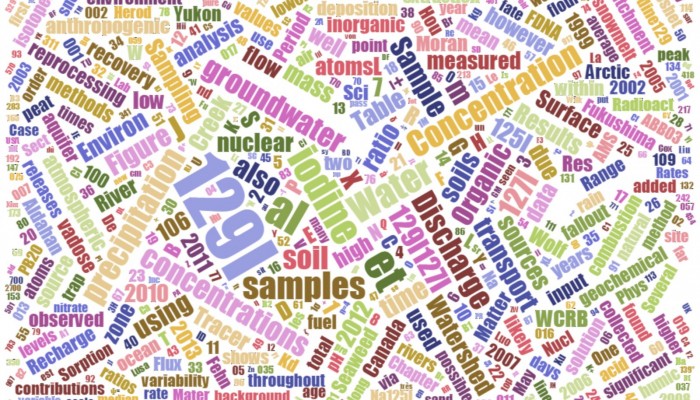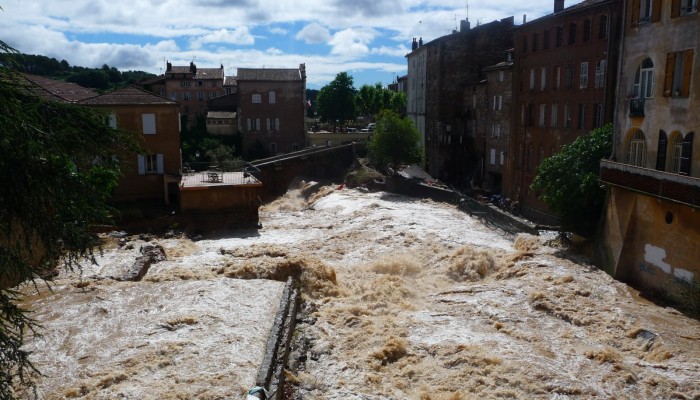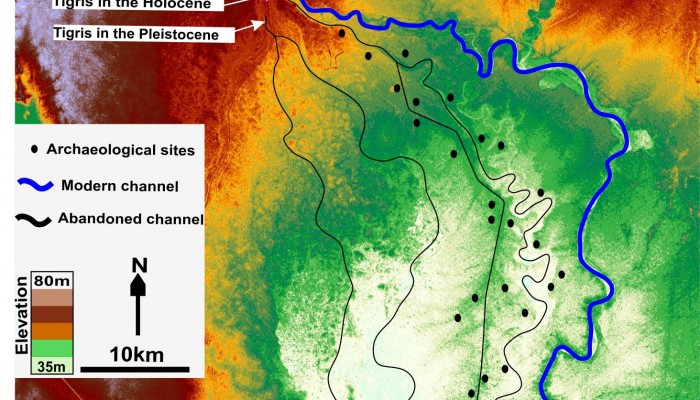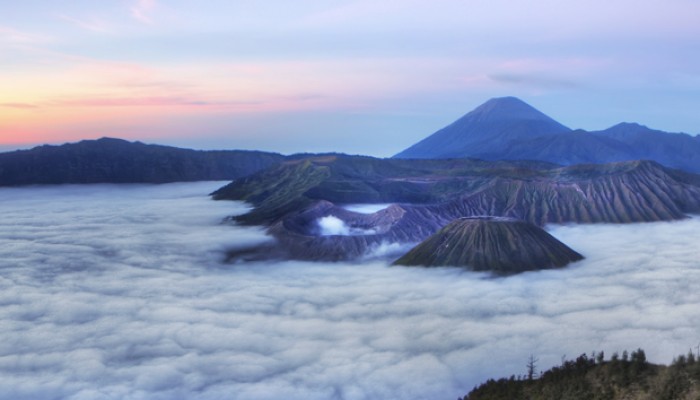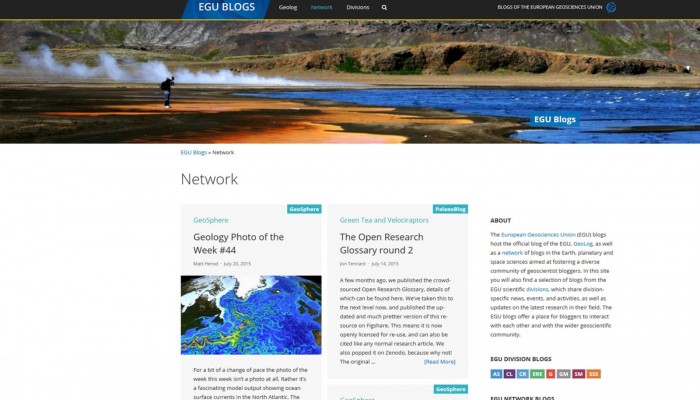As you may have gathered from my enthusiastic title I just submitted my thesis! After 6 years of hard work it’s been passed in. To celebrate I decided to make this really cool word cloud showing the most frequently occurring words in the thesis, which currently contains a total of 55,713 words. The bigger the font the more common the word. As you may notice 129I occurs a lot, 1,220 times to ...[Read More]
If you didn't find what you was looking for try searching again.
Energy, Resources and the Environment
Can climate data help to better predict floods?
Many studies report that hydrologic regimes are modulated by large-scale modes of climate variability such as the El Niño Southern Oscillation (ENSO) or the North Atlantic Oscillation (NAO). Climate-informed frequency analysis models have therefore been proposed to condition the distribution of hydrologic variables on climate indices. However, standard climate indices may be poor predictors in som ...[Read More]
GeoSphere
Geology Photo of the Week #45
This weeks photo is once again related to permafrost and the Arctic….something tells me I miss being there. Anyway, the gorgeous photo below shows a terrific example of polygonal patterned ground from Siberia. Patterned ground is a phenomenon that occurs frequently in cold regions and is caused by the seasonal freeze-thaw of the active layer/soil. This process can produce a phenomenon called ...[Read More]
Energy, Resources and the Environment
Words on Wednesday: River flood risk in Jakarta under scenarios of future change
Words on Wednesday aims at promoting interesting/fun/exciting publications on topics related to Energy, Resources and the Environment. If you would like to be featured on WoW, please send us a link of the paper, or your own post, at ERE.Matters@gmail.com. *** Budiyono, Y., Aerts, J. C. J. H., Tollenaar, D., and Ward, P.: River flood risk in Jakarta under scenarios of future change, Nat. Hazards Ea ...[Read More]
GeoLog
Imaggeo on Mondays: Mesopotamia, the ancient land between rivers
Mesopotamia, an area rich in history and considered as the cradle of civilisation, with the first populations establishing themselves in the region some 6000 years ago,lies between two great rivers: the Euphrates and the Tigris. The ancient territory spans areas of modern-day Iraq, Kuwait, the northeastern section of Syria and small sections of southeastern Turkey and southwestern Iran. The histor ...[Read More]
Energy, Resources and the Environment
Living with water: Floods in the Netherlands
Rising sea levels due to climate change. Natural climatic cycles, like El Niño. Land subsidence due to fluid pumping. There are many reasons that can increase the risk of flooding of cities and other areas. We might not always be able to control it, but is there a way to better predict and prepare for it? I come from the Low Lands (Netherlands), and that means we are very close to water, living on ...[Read More]
GeoLog
Geosciences Column: The calamity of eruptions, or an eruption of benefits?
So here is a question: why would anyone want to live in the vicinity of an active volcano? The risks are well known, with hazards arising from lava flows, lahars, ash falls, debris avalanches, and pyroclastic density currents, with many often having deadly consequences. But despite the danger, more than half a billion people live in the direct vicinity of volcanoes. Could it be that communities pr ...[Read More]
GeoSphere
Thaw Slumps of the NWT
I recently across an article that reminded me of my field work days in the early stages of my PhD in the Canadian Arctic at retrogressive thaw slumps. The article discusses the impending catastrophic drainage of a lake when the thin strip of land separating it from a thaw slump fails (see article), which it will inevitably do very soon. The story has now been picked up all across Canada in the con ...[Read More]
GeoLog
The EGU Network blogs are looking for guest contributions
Are you a budding science writer, or want to try your hand at science communication? You might just be the person for our EGU network bloggers! A number of our network blogs would like to give their pages a bit of a boost and are seeking guest bloggers to contribute new, informative and engaging posts on an ad hoc basis. If you’ve recently been thinking about trying your hand at blogging, but aren ...[Read More]
Seismology
Six Post-Doctoral Fellowships in Earth Systems (including seismology)
Six new post-doctoral fellowships have been made available at the Instituto Dom Luiz (IDL), Lisbon, Portugal. IDL, an Associate Laboratory hosted by the Faculty of Sciences, University of Lisbon, is seeking 6 highly motivated post-doctoral fellows to integrate its research groups. IDL research covers broad range Earth System Science and its applications, in areas such as Meteorology, Climatology, ...[Read More]

